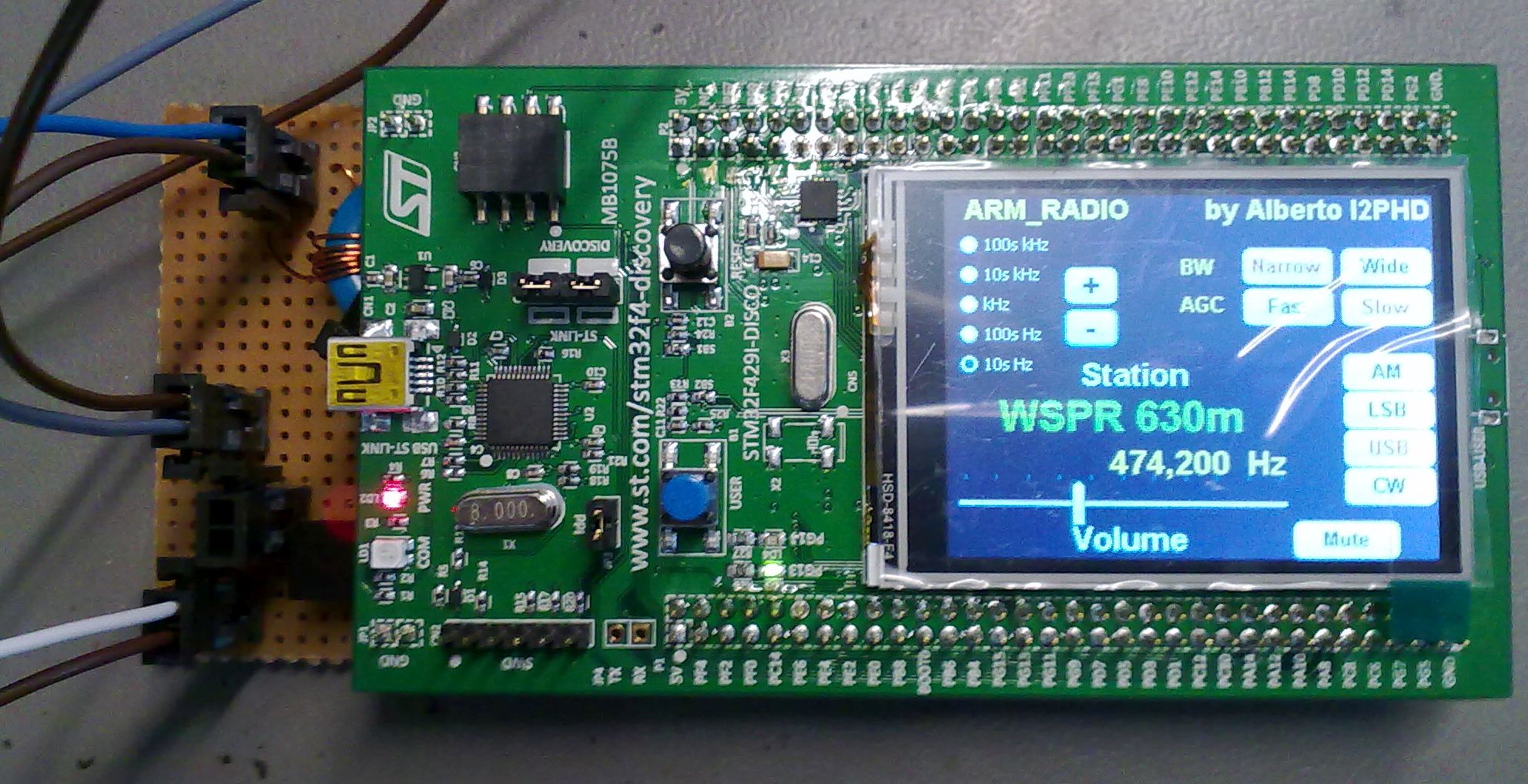
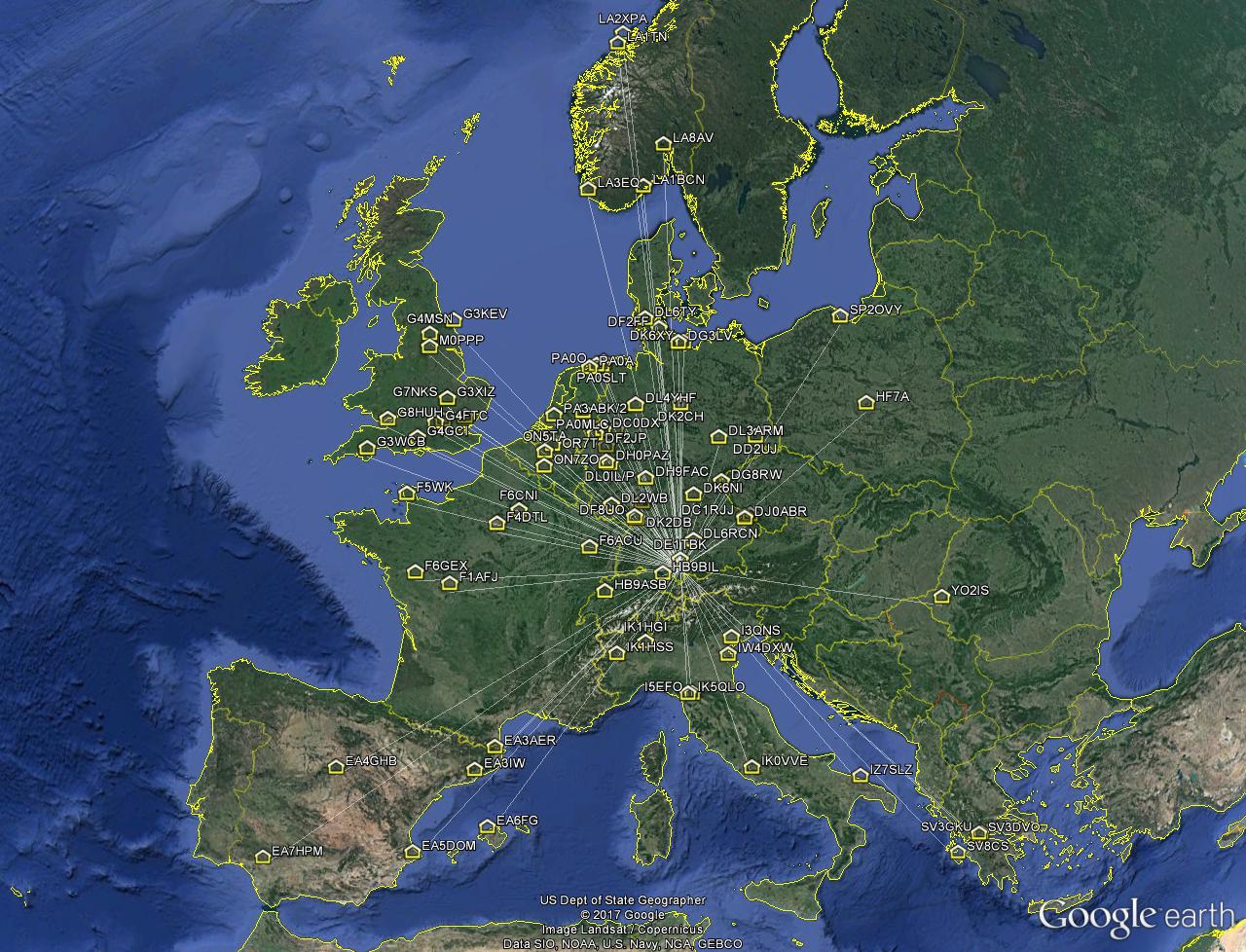
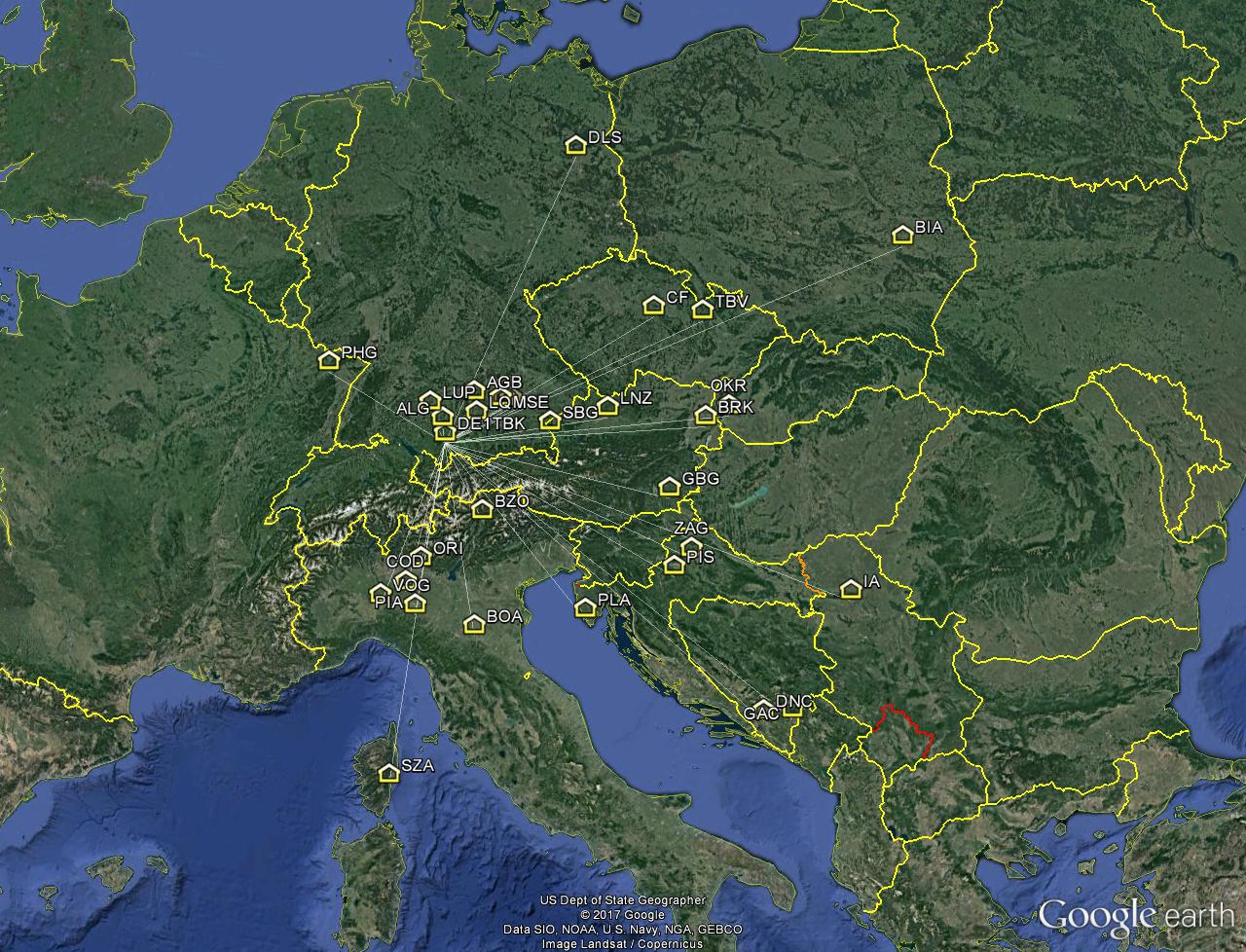
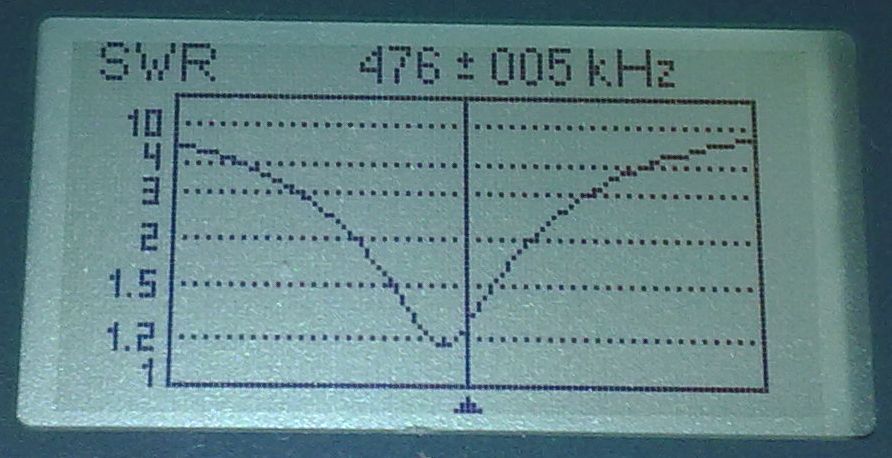
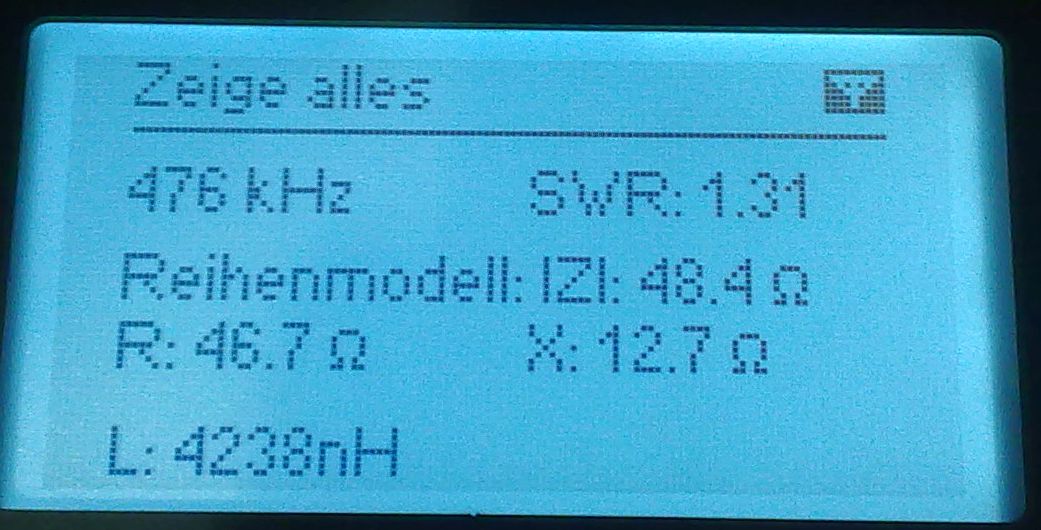
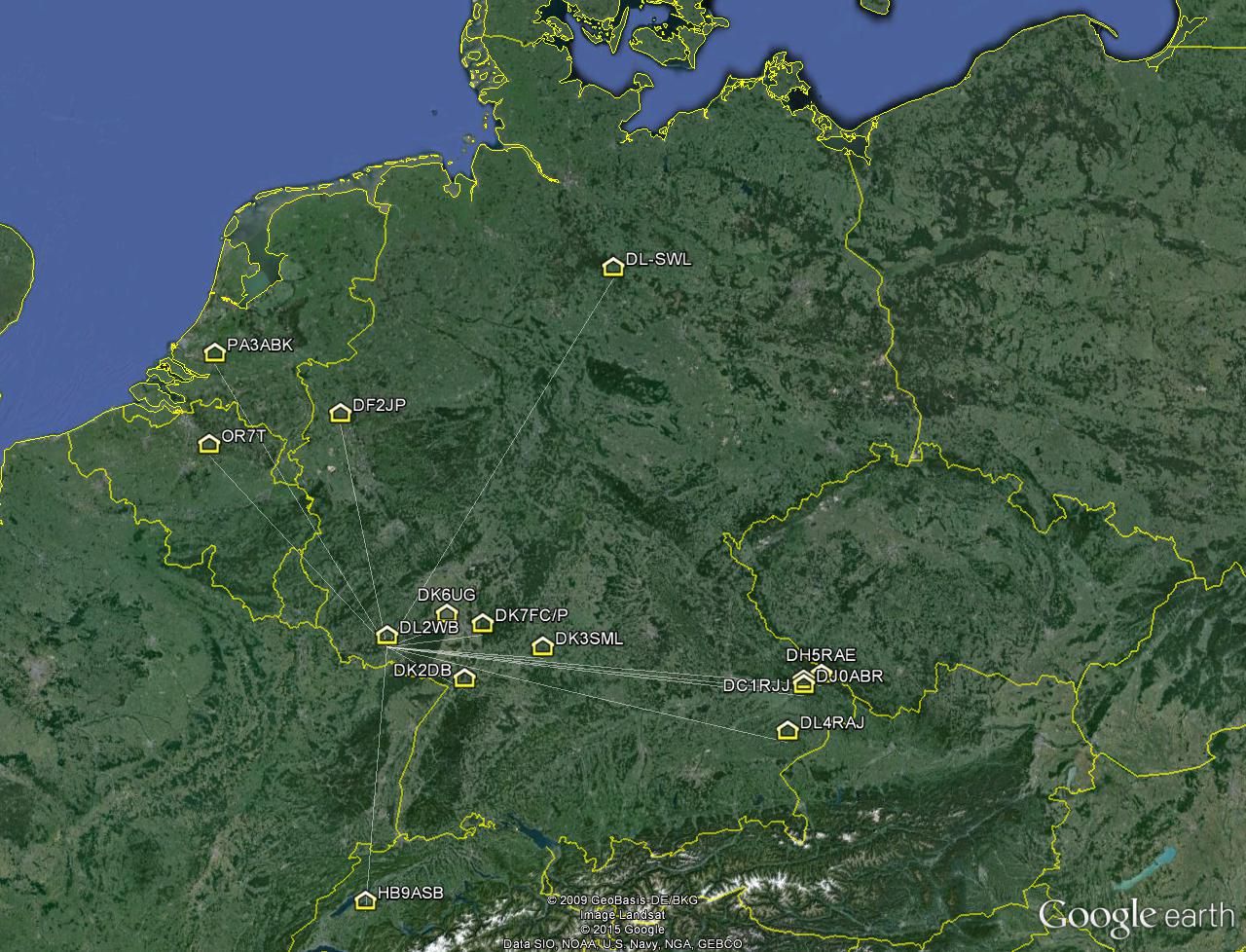
| WSPR spotter | my
equivalent isotropically radiated power |
distance |
mileage
in km per Watts EIRP |
| DH5RAE |
10 µW |
439 km |
43 900
000 km / W EIRP |
| DL-SWL |
10 µW | 435 km |
43 500 000 km / W EIRP |
| DJØABR |
10 µW | 423 km |
42 300 000 km / W EIRP |
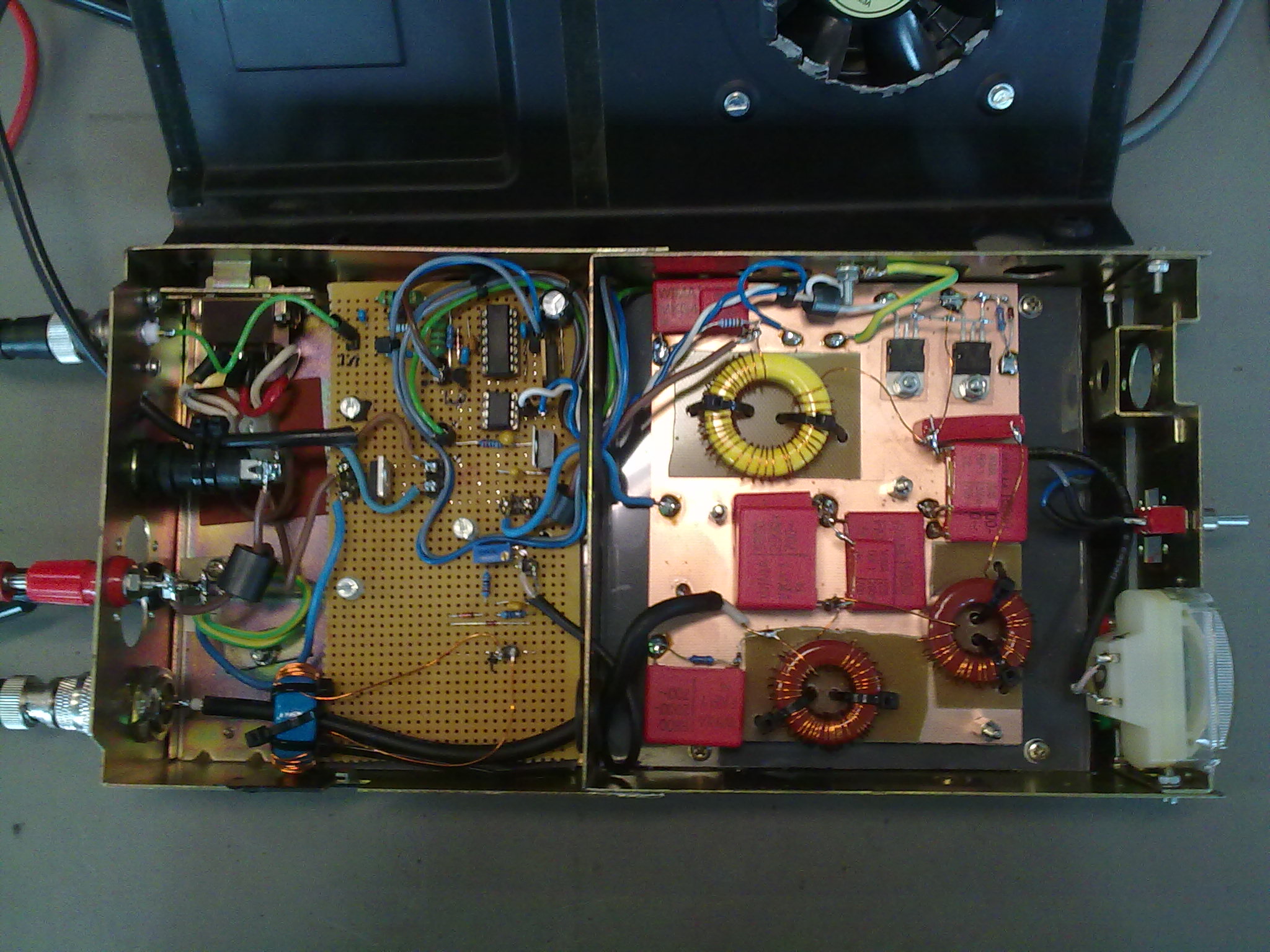
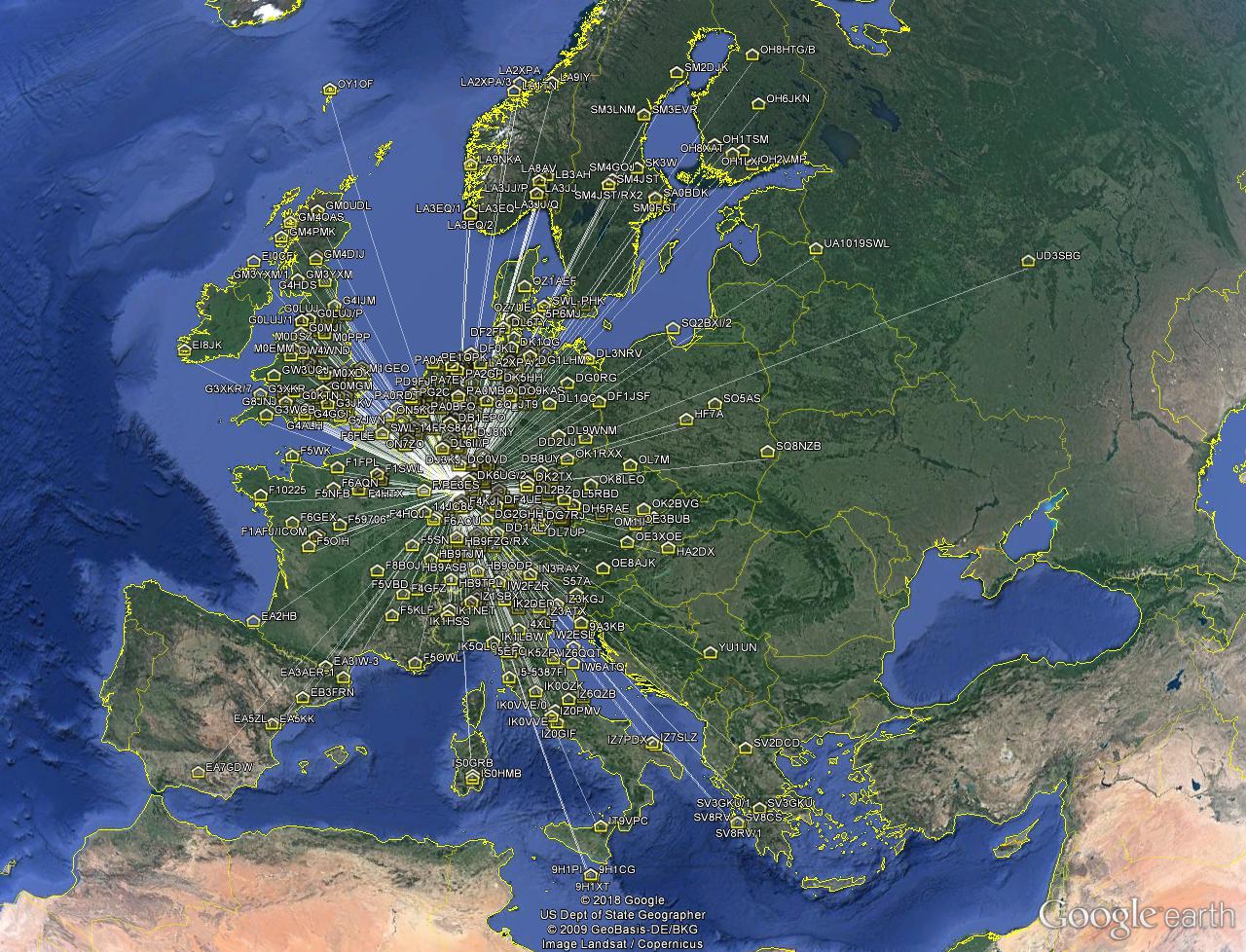
| WSPR spotter | my
equivalent isotropically radiated power |
distance |
mileage
in km per Watts EIRP |
| UD3SBG | 5 mW | 2 378 km | 475 600 km / W EIRP |
| OH8HTG/B |
5 mW |
2 013
km |
402 600
km / W EIRP |
| SM2DJK |
3 mW |
1 787 km |
595 667 km / W EIRP |